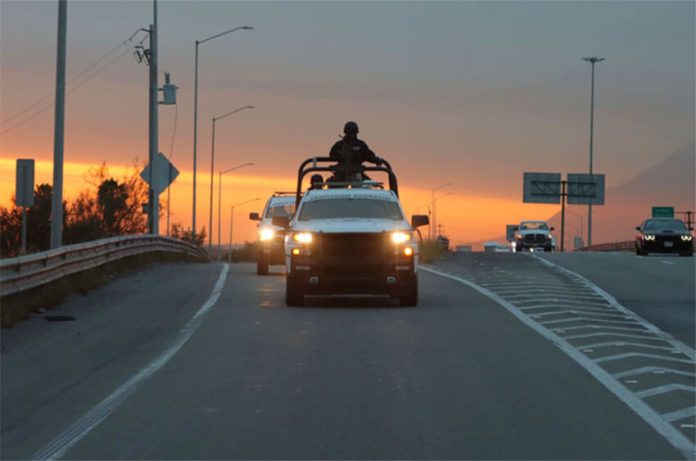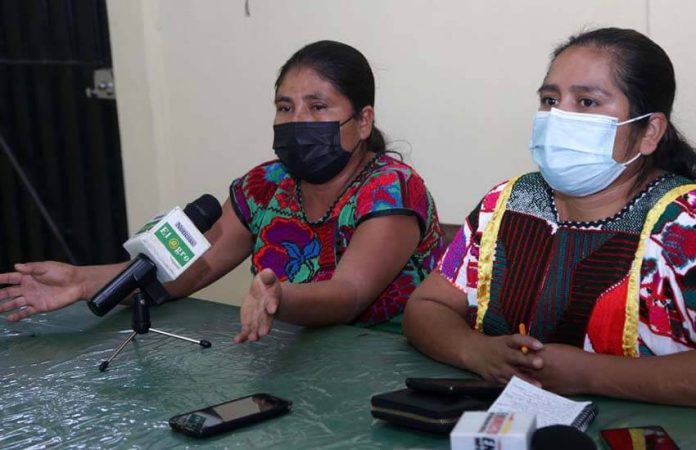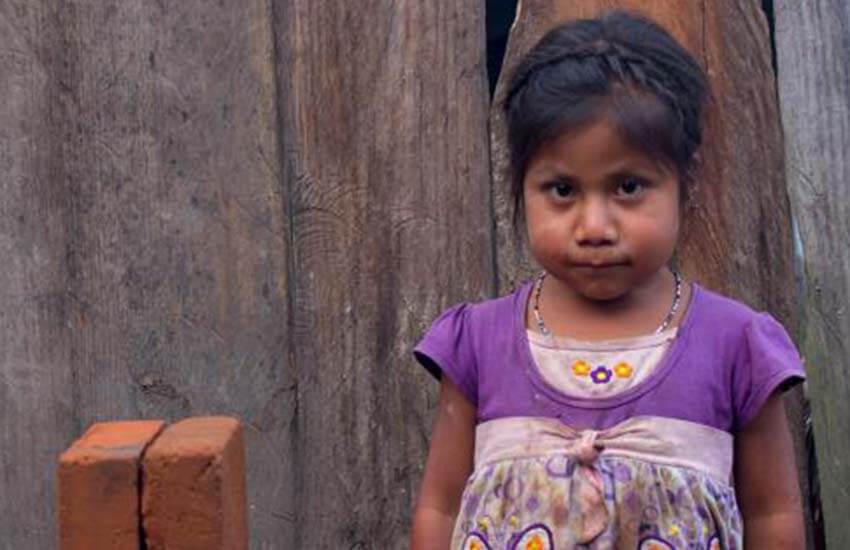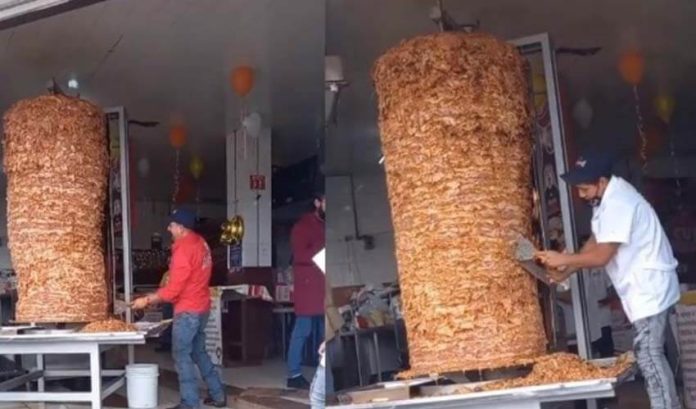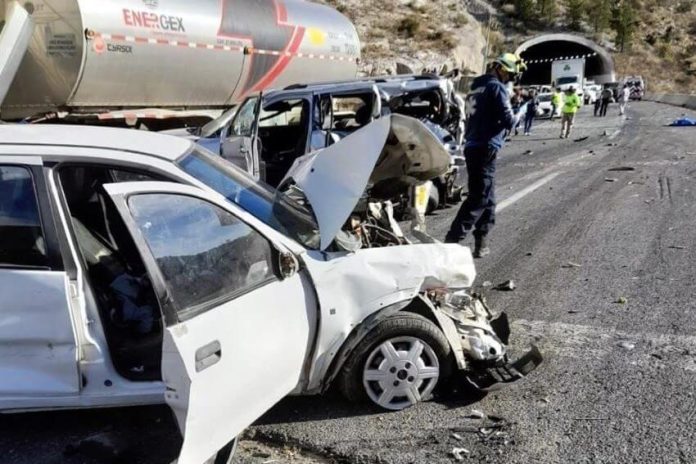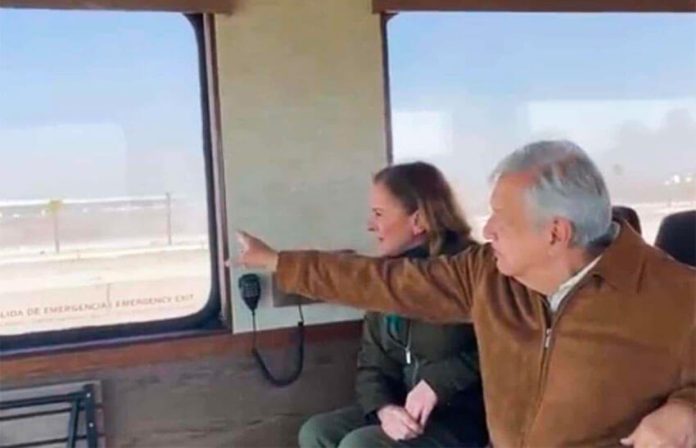The Americas director of Human Rights Watch (HRW) has excoriated President López Obrador in an op-ed published Saturday in The Los Angeles Times.
“Since his election in 2018, López Obrador has not only failed to improve the country’s disastrous human rights record, he has worked to undo many of the hard-fought gains in transparency and the rule of law that rights groups, activists and campaigners have achieved since the end of one-party rule in Mexico in 2000,” José Miguel Vivanco and HRW researcher Tyler Mattiace wrote.
Published under the headline “The U.S. shouldn’t ignore Mexico’s ongoing human rights catastrophe,” the op-ed asserts that the United States has been “noticeably silent” on AMLO’s “accelerating attacks on democracy.”
“President Biden has instead chosen to focus on enlisting López Obrador to prevent migrants from reaching the U.S. border,” Vivanco and Mattiace wrote.
They said the Mexican president inherited a “human rights catastrophe,” noting that there were “horrific abuses” during the military-led war on drugs waged by his two predecessors.
“Homicides hit staggering numbers. Thousands of people disappeared every year. But he has not addressed these problems. Soldiers continue to kill civilians. Homicides remain at historically high rates. And according to the government’s figures, more than 25,000 people have gone missing on his watch,” they wrote.
Noting that López Obrador remains a highly popular leader three years after he took office, Vivanco and Mattiace contended that the president “appears to believe that his continued popular support gives him the moral authority to concentrate as much power as possible in his own hands and to attempt to control every part of the state to bring about his promised transformation.”
They charged he uses his frequent attacks on neoliberals and conservatives as a distraction that helps him to avoid scrutiny.
Such attacks allow him to “avoid responding to genuine concerns raised by journalists who question him, women’s rights campaigners upset at his lack of action on gender-based violence, indigenous communities who oppose his mega-projects, environmentalists who disagree with his coal and oil-focused energy policy, and press freedom campaigners concerned about his government’s harassment of journalists, among others,” they wrote.
The HRW officials also noted that López Obrador “has eliminated or proposed eliminating many government agencies not under his direct control.”
Among them: the independent energy and telecommunications regulators, the National Institute for Transparency and Access to Information and the National Electoral Institute.
“He recently decreed that his government’s construction and infrastructure projects would be automatically granted permits without any review and that as matters of ‘national security’ would be exempted from transparency rules,” Vivanco and Mattiace added.
They also said that AMLO has “gone after the judicial system,” asserting that “his efforts to intimidate the judiciary have grown brazen.”
“López Obrador has publicly singled out those whose rulings he dislikes and called for a judge who ruled against him to be investigated,” they wrote.
Vivanco and Mattiace charged that the United States’ “policy of ignoring” AMLO’s attacks on the rule of law “came into stark relief” when Vice President Kamala Harris failed to raise the issue with the president during a trip to Mexico in June.
“… López Obrador will be in office for another three years. His coalition still controls both houses of Congress and he has made it clear that he is willing to amend the constitution if necessary to remove obstacles to achieving his goals,” they wrote.
“Unless the circumstances change, there are no signs he intends to alter his course.”
With reports from The Los Angeles Times


